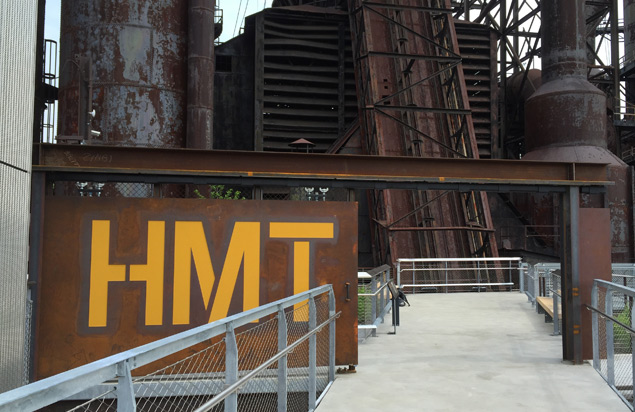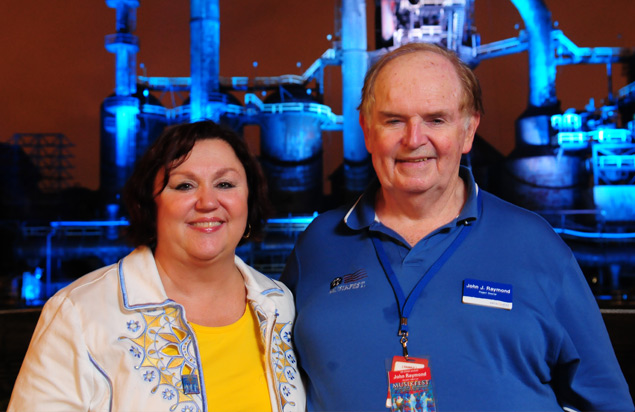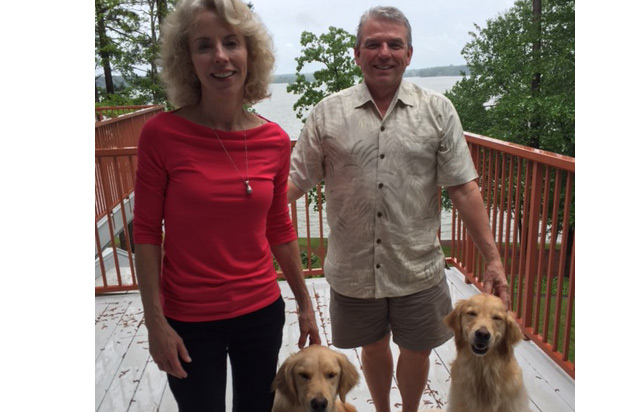HOOVER-MASON TRESTLE

During the height of steel production in Bethlehem, a narrow gauge railroad owned by the Steel was created within the plant to carry the coke, limestone and iron ore needed to make iron from the ore yards (where the Sands Casino is now located) to the blast furnaces. The cars were filled, then traveled the one-half mile along a track that became elevated to deliver the ore into hoppers at the base of the furnace. Named after the New York engineering firm that designed it, the Hoover-Mason Trestle (HMT), like SteelStacks, is poised for a new role in the community. This summer this industrial structure will be transformed into a public exhibit that no steelworker would have ever imagined.
Tony Hanna, Executive Director of the Bethlehem Redevelopment Authority, the developer of the project, noted that the plan to refurbish the Trestle as a pedestrian walkway, was not part of the updated site master plan for Bethlehem Works Redevelopment Area and for the SteelStacks Campus. While earlier plans developed by Bethlehem Steel Corporation and their consultants called for the Trestle to be converted to “high-tech people mover,” that idea, like so many others conceived as part of earlier plans were put on hold. Regardless, in the Summer of 2011, the City of Bethlehem, along with representatives from the Sands Casino and Sands BethWorks, were invited to Baltimore, MD to participate in the Sustainable Cities Design Academy, sponsored by the American Architectural Foundation. Several cities were invited to participate in that year’s design forum and during a design charette where the Bethlehem Works plan was reviewed and revisited by a team of design and planning experts, the idea of transforming the Hoover-Mason Trestle into something similar to New York City’s High Line was suggested. The Bethlehem Redevelopment Authority engaged Wallace Roberts Todd and a team of design professionals to create the plan. Construction on the Hoover-Mason Trestle development commenced in 2013.
When the Sands first presented its plans for revitalizing the steel site, they included keeping the blast furnaces and most of the trestle, a one-half mile long elevated track that begins at the parking lot across the street from the Sands Hotel entrance and continues to the roof of the Bethlehem Visitors Center on the SteelStacks Campus. The HMT, as it is now known, will be done in two phases, the first from the Visitor Center to the east end of the Gas Blowing Engine House, the large building east of the Levitt Pavilion. At the Visitor Center there is a giant set of stairs, along with an elevator. Two sets of stairs allow access at either end of the Gas Blowing Engine House and provide access from the Sands parking lot and PBS 39 end of the campus. The second phase which will continue to the terminus of the track across from the hotel will be completed in conjunction with the development of the Number 2 Machine Shop (the long building between the Sands and SteelStacks). The total cost of the project is expected to be about $15 million.
Hanna stresses that great efforts have been taken to interpret both the giant machinery that will entwine the guest and to interpret the lives of the people who worked there. Periodic signs posted along the way provide immediate interpretation. A website, app and database will both receive stories from steelworkers and provide access to these stories to your phone. But some things do not require interpretation. The names of workers from decades ago are welded into parts of the track and the furnaces. Though you are 4 stories off the ground the giant furnaces hulking above remind you of the massive tasks undertaken here.
Lighting for the project includes new uplighting on the Blast Furnaces, including lighting them on their north exposure, and low level lighting on the HMT for guidance at night without disturbing the lighting array on the furnaces. Like New York’s highline, the trestle includes native plantings (in addition to those that have settled into spots on the blast furnaces), benches spaced throughout the walk, and incredible views of Bethlehem, especially the iconic St. Michael’s Cemetery, where many Steelworkers are buried.
The HMT is part museum, part circulation walk, and part attraction, which in its own way will make Bethlehem Steel come alive for many future generations. It is destined to become a “must see” for any visitor to Bethlehem, and for those of us who live here it will be a place to which we keep returning. The HMT represents another important step in the continuing transformation of the former Bethlehem Steel plant.














